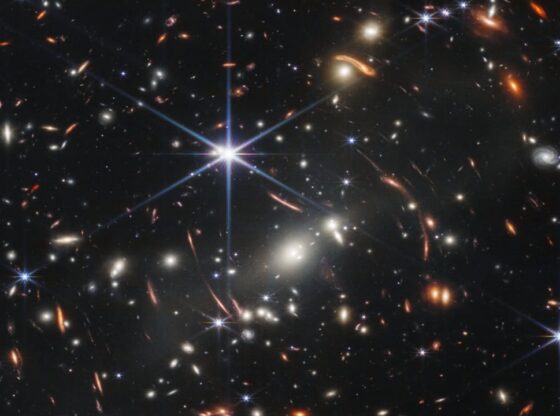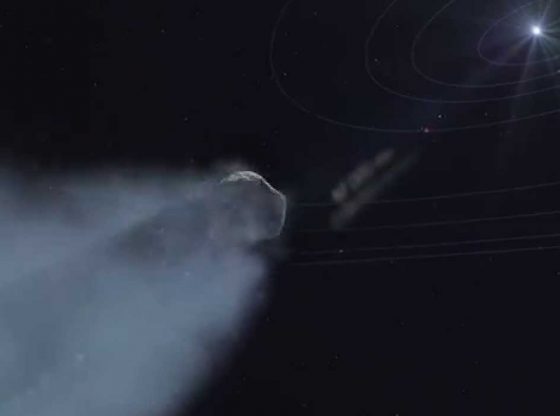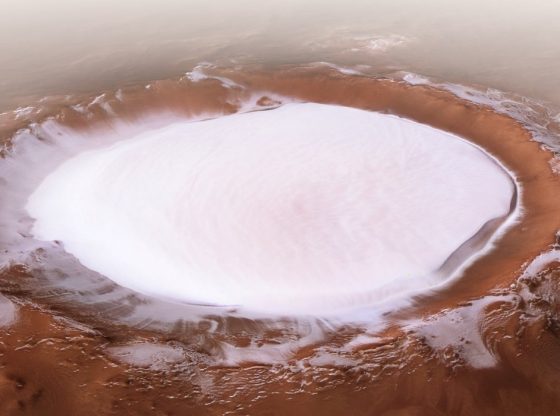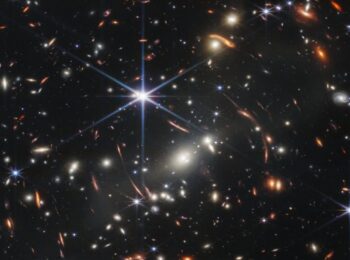
Ceres, believed to be barren space rock, has an ‘extensive reservoir’ of brine beneath its surface according to new evidence
Ceres is about 952 kilometers (592 miles) across and 14 times smaller than Pluto. It was studied by the NASA Dawn mission between 2011 and 2018. Dawn embarked on a 6.9 billion kilometers (4.3 billion-mile) journey to two of the largest objects in our solar system’s main asteroid belt, Vesta and Ceres. It became the first spacecraft to orbit these two deep-space destinations.
In its final weeks, the Dawn spacecraft came as close as 22 miles from Ceres’s surface and collected a tremendous amount of data about the dwarf planet’s chemical composition.
A team of scientists from the United States and Europe has analyzed images relayed from the orbiter, captured about 35km (22 miles) from the asteroid. They focused on the 20-million-year-old Occator crater and determined that there is an “extensive reservoir” of brine beneath its surface.
Dawn had found sodium chloride deposits on the surface, which scientists thought likely came from a liquid that had seeped up onto the surface and evaporated, leaving behind a salty crust. The team said the salt deposits looked like they had built up within the last 2 million years.

NASA/JPL-CALTECH/UCLA/MPS/DLR/IDA
When the impact that created the crater struck Ceres, it may have allowed the reservoir to deposit bright salts visible in the crater by fracturing the planet’s crust. As the fractures reached the salty reservoirs, the brine was able to reach the surface of the crater floor. As the water evaporated, a bright, salty crust remained
In a separate paper, US-based researchers analyzed images of the Occator crater and found that its mounds and hills may have formed when water ejected by the impact of a meteor froze on the surface.
There are also mounds and hills visible in the crater likely created when flows of water froze in place, suggesting geologic activity on Ceres.
In addition to these findings, a team used infrared imaging to determine the presence of the compound hydrohalite – a material common in sea ice but which until now had never been observed beyond Earth.
The findings made possible by the Dawn mission have scientists excited to explore the dwarf planet and its potential for life in greater detail. While there is not currently another mission planned for exploring Ceres, two upcoming missions will explore Jupiter and its icy moons Ganymede, Callisto, and -ocean world- Europa: Europa Clipper and JUICE, or JUpiter ICy moons Explorer.
“Dawn accomplished far more than we hoped when it embarked on its extraordinary extraterrestrial expedition,”
“These exciting new discoveries from the end of its long and productive mission are a wonderful tribute to this remarkable interplanetary explorer.”
– Marc Rayman, Dawn’s mission director at JPL, in a statement.
Reference:
Raymond, C.A, Ermakov, A.I., Castillo-Rogez, J.C. et al. “Impact-driven mobilization of deep crustal brines on dwarf planet Ceres”. Nature Astronomy. 2020. DOI: https://doi.org/10.1038/s41550-020-1168-2






















